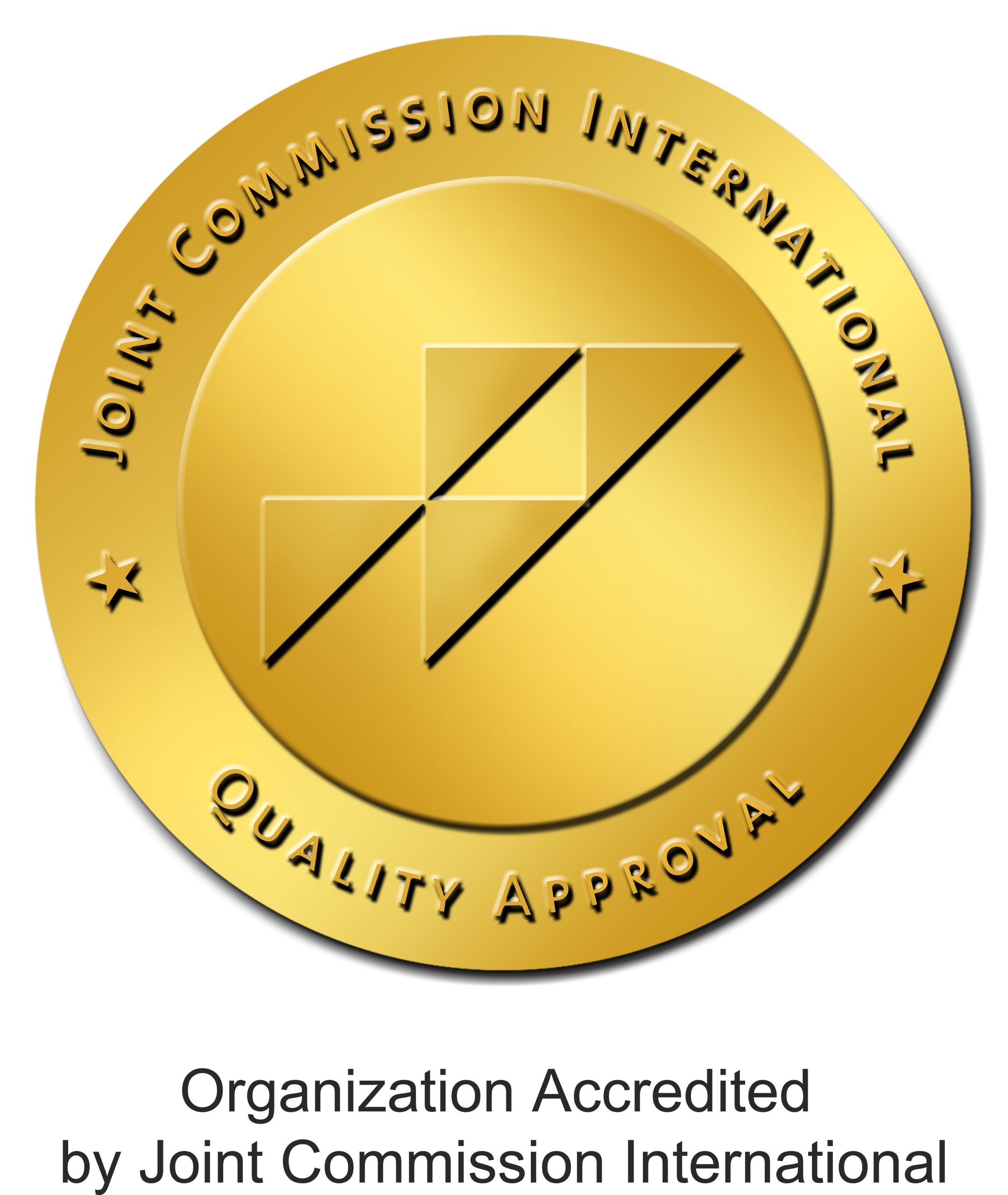Multiracial children are one of the fastest growing segments of the U.S. population. The number of mixed-race families in America is steadily increasing, due to a rise in interracial marriages and relationships, as well as an increase in transracial and international adoptions. Publicity surrounding prominent Americans of mixed cultural heritage, such as athletes, actors, musicians, and politicians, has highlighted the issues of multicultural individuals and challenged long-standing views of race. However, despite some changes in laws and evolving social attitudes, multiracial children still face significant challenges.
Changing Times
About two million American children have parents of difference races.
In the United States marriages between blacks and whites increased 400 percent in the last 30 years, with a 1000 percent increase in marriages between whites and Asians.
In a recent survey, 47 percent of white teens, 60 percent of black teens, and 90 percent of Hispanic teens said they had dated someone of another race.
Emotional Needs of Multiracial Children
- Recent research has shown that multiracial children do not differ from other children in self-esteem, comfort with themselves, or number of psychiatric problems. Also, they tend to be high achievers with a strong sense of self and tolerance of diversity.
- Children in a multiracial family may have different racial identities from one another. Their racial identity is influenced by their individual physical features, family attachments and support, and experiences with racial groups.
- To cope with society biases, mixed-race children may develop a public identity with the “minority” race, while maintaining a private interracial identity with family and friends.
- Research has shown that children with a true multiracial or multicultural identity generally grow up to be happier than multiracial children who grow up with a “single-race”@ identity.
- Multiracial children in divorced families may have greater difficulties accepting and valuing the cultures of both parents.
The Role of Parents
Some interracial families face discrimination in their communities. Some children from multiracial families report teasing, whispers, and stares when with their family.
- Parents can help their children cope with these pressures by establishing open communication in the family about race and cultures, and by allowing curiosity about differences in skin color, hair texture, and facial features among family members. Parents can also help their children in the following ways:
- Assist children with developing coping skills to handle questions and/or biases about their background. Help children deal with racism without feeling personally assaulted.
- Encourage and support a multicultural life for the whole family, including becoming familiar with language, traditions, and customs of all family members. Live in a diverse community where the sense of being different or unacceptable is minimized.
- Understand that children may have feelings of guilt or disloyalty to a parent if they choose to adopt the racial identity and/or culture of one parent. Recognize that children may identify with different parts of their heritage at different stages of development or in varied settings in order to “fit in.”
- Locate books, textbooks, and movies that portray multiracial individuals as positive role models, as well as books about the lives of multicultural families.
- Establish support networks for your child from the school, grandparents, relatives, neighbors, and the greater community.
For the majority of multiracial children, growing up associated with multiple races and cultures is enriching, rewarding, and contributes to healthy adult adjustment. Some multiracial children may be uncomfortable with their diverse heritages and may benefit from supportive counseling to help them clarify their feelings. Multiracial children who have emotional or behavioral problems may be referred for a psychiatric evaluation.
Source: https://www.aacap.org



